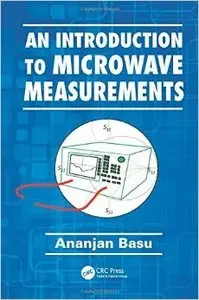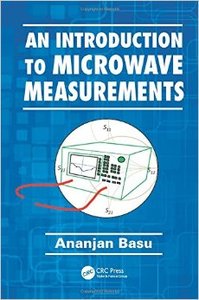Ananjan Basu, "An Introduction to Microwave Measurements"
English | 2015 | ISBN-10: 1482214350, 1482214350 | 310 pages | PDF | 5 MB
English | 2015 | ISBN-10: 1482214350, 1482214350 | 310 pages | PDF | 5 MB
Go Beyond Basic Distributed Circuit Analysis
An Introduction to Microwave Measurements has been written in a way that is different from many textbooks. As an instructor teaching a master’s-level course on microwave measurements, the author recognized that few of today’s graduate electrical engineering students are knowledgeable about microwave measurements beyond basic distributed circuit analysis. Written in a "how-it-works" spirit—strongly borrowing from instrument catalogs and application notes—this text covers a wide range of topics, clarifies many terms used widely on the subject, and equips the reader with the ability to grasp more advanced material.
It starts with a brief overview of the basic theory and the building blocks required for understanding and using microwave measurement techniques. Oriented around the most commonly used instruments in microwave measurements—the network analyzer, the spectrum analyzer, and synthesized microwave source—it introduces the latest instruments and techniques and provides a brief description of traditional measurement techniques (slotted waveguide etc.).
It offers an introduction to the mathematical basis behind microwave measurements as well as an overview of some of the practical components that are frequently used in microwave instruments. Observing that students generally grasp the subject better when actual numbers are given, rather than symbolic relations, the author includes examples involving numerical values that are scattered throughout the book. He also provides a detailed description of the vector network analyzer and the spectrum analyzer (explaining its principle of operation and calibration), which form the backbone of modern microwave measurements. In addition, he briefly addresses advanced topics such as pulsed measurements and non-linear network analysis.
Comprised of ten chapters, this text:
Discusses noise measurement and synthesized signal generation
Provides an overview of RF wafer-probing and modern microwave oscilloscopes—relatively advanced topics
Contains detailed derivations and exercises
An Introduction to Microwave Measurements provides proficiency in subjects related to radio frequency (RF) and microwave systems, and is an ideal resource for senior undergraduate and first-year master’s-level students as well as professionals in the wireless industry who deal with such systems but are not specialists in the area.



